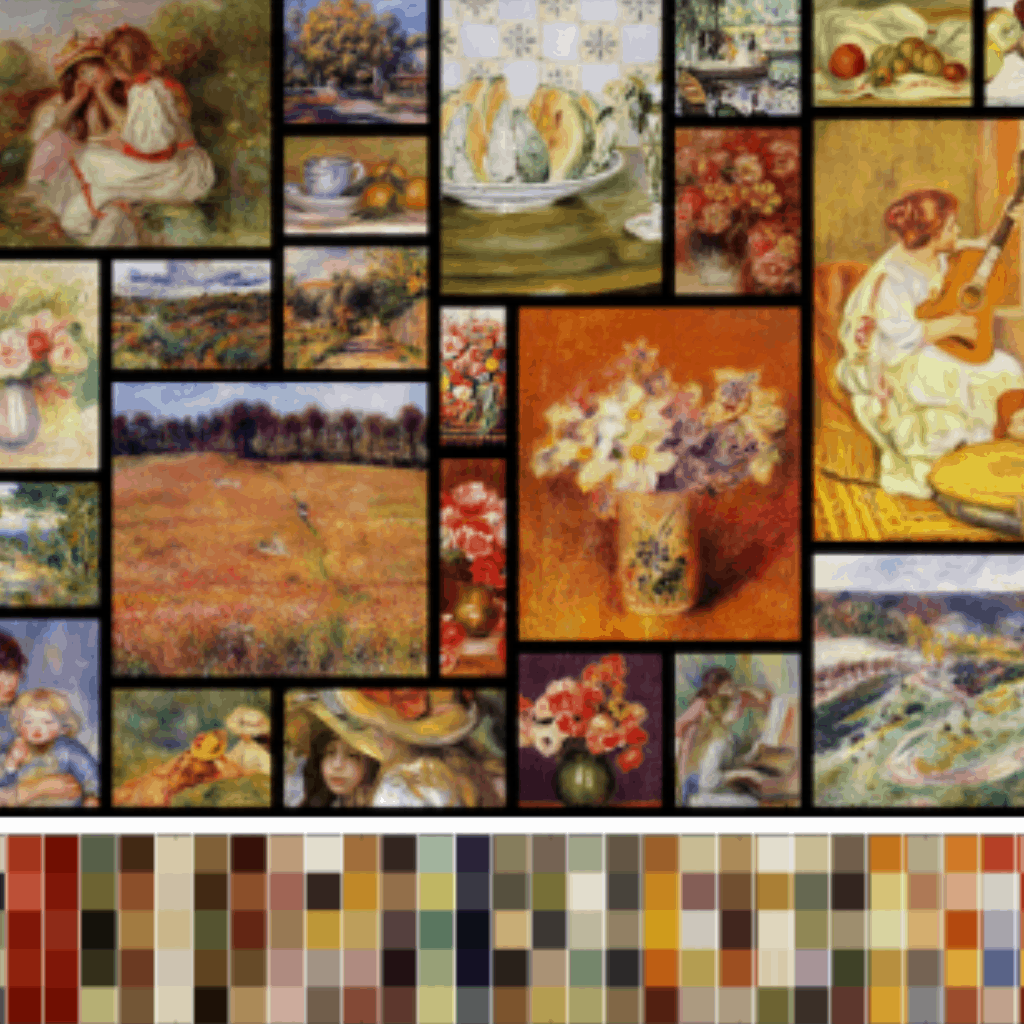ARCHIVED CONTENT
You are viewing ARCHIVED CONTENT released online between 1 April 2010 and 24 August 2018 or content that has been selectively archived and is no longer active. Content in this archive is NOT UPDATED, and links may not function.Extract from article in MIT Technology Review
The study of color is undergoing a revolution. Until now, color theory has been little more than a collection of ideas based loosely on science.
But the ability to analyze huge data sets of images using machine-vision algorithms is changing that. Suddenly it has become possible to study color and the way it is used in entirely different ways. For example, it is now easy to extract combinations of colors from one picture and paste them onto another.
The basic problem is simple to state: given the color palette from two images, what order should the colors appear in to make a meaningful comparison? By meaningful, the team means that colors describing the same objects should be comparable.
Huy Phan (Technical University of Denmark) and team have found a way tackle this as a kind of sorting problem. They first assess an image by plotting the position of the colors it contains—its palette—in a three-dimensional color “space” (every color can be thought of as a three-vector describing how it is composed from a mixture of red, green, and blue, for example).
They then measure the distance between each pair of colors in the palette. Finally, they use an algorithm to work out how to map one palette onto another with minimal distortion. Effectively, this algorithm finds clusters within each palette’s color space.
Read the complete article at The Algorithm Expanding the Science of Color






















